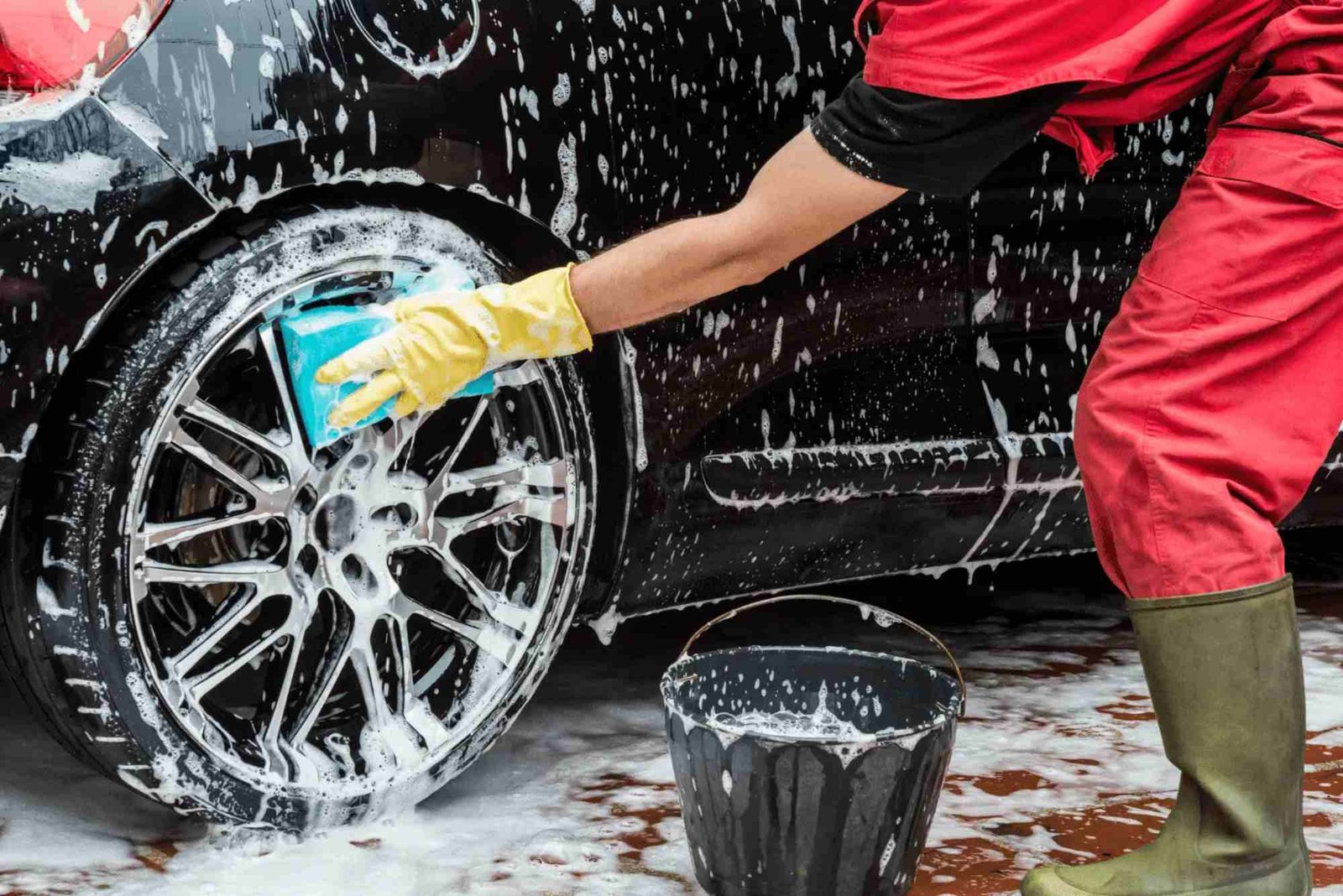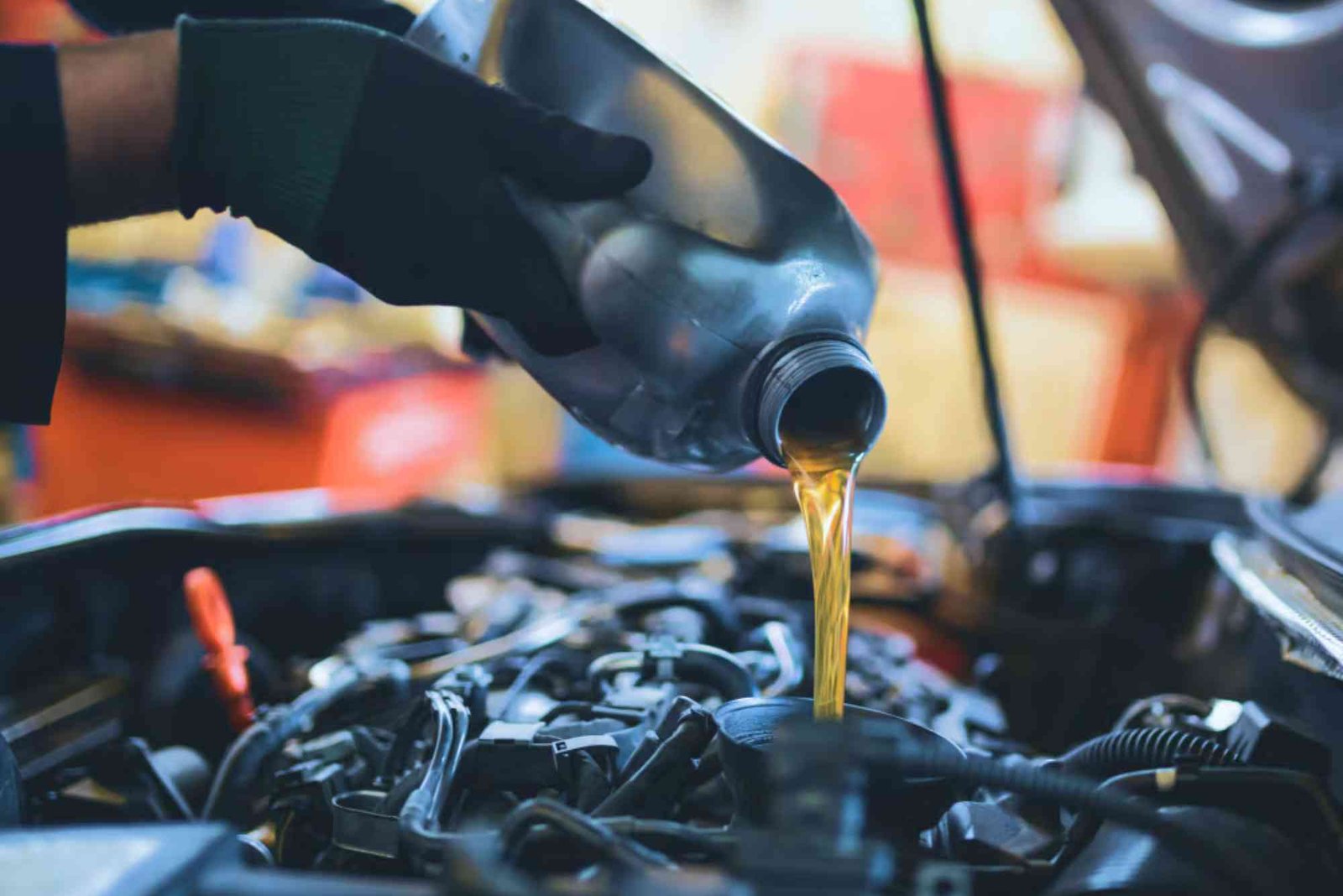Introduction
Washing your car may seem like a simple task, but doing it right can make a big difference in your vehicle’s appearance and longevity. Many drivers wonder how often they should wash their car or what the best techniques are to maintain that fresh-off-the-lot look. The truth is that car washing is more than a cosmetic habit—it’s a key part of vehicle maintenance that prevents long-term damage to the paint, finish, and even the underbody.
Why Car Washing Matters More Than You Think
A clean car does more than just look good—it reflects care and responsibility. When dirt, salt, or grime accumulates, it doesn’t just dull the paint; it actively eats away at protective layers. Over time, neglecting regular washing can cause paint oxidation, rust, and fading. These damages can lower the resale value and even lead to expensive bodywork. Washing your car regularly ensures that you remove harmful contaminants, maintain visibility by keeping windows and mirrors clear, and extend the life of your paintwork.
How Often Should You Wash Your Car?
There’s no one-size-fits-all answer to how often a car should be washed. The frequency depends on factors such as your location, driving habits, and the weather conditions. However, a general rule of thumb for most vehicles is to wash your car every two weeks.
When to Wash More Frequently
If you live near the coast, your car is constantly exposed to salt, which can corrode metal surfaces quickly. In such environments, washing once a week is recommended. Similarly, urban areas with heavy pollution or dusty roads can leave residue that damages paint faster, requiring more frequent washes.
When You Can Wash Less Frequently
For those living in dry, mild climates and parking mostly indoors, washing every three to four weeks may be sufficient. However, you should never go longer than a month without a wash, as invisible contaminants can still accumulate and affect your car’s finish.
Seasonal Car Wash Tips
During winter, road salt is one of your car’s biggest enemies. Frequent washes—especially of the undercarriage—are necessary to prevent rust. In summer, UV rays can cause paint oxidation, so regular washing followed by waxing can protect the surface. In rainy seasons, people often assume they don’t need to wash their cars, but rainwater can contain acidic contaminants that harm paint, making a post-rain wash essential.
Expert Tips for Washing Your Car Properly
Even if you wash your car regularly, doing it incorrectly can cause more harm than good. Here are some professional tips to ensure your car wash delivers shine without scratches.
Use the Right Tools and Products
Avoid household detergents, as they strip away wax and dull the finish. Always use a car-specific pH-balanced shampoo. Use two buckets—one for soapy water and one for rinsing—to prevent dirt from being reapplied to your vehicle. A microfiber mitt is best for cleaning because it minimizes swirl marks.
Wash in the Shade
Washing your car in direct sunlight may seem harmless, but it causes soap and water to dry too fast, leaving behind stubborn spots. Choose a shaded area or wash in the early morning or late afternoon to ensure a spotless finish.
Start from the Top Down
Always begin washing from the roof and work your way down. The dirtiest areas—such as tires and lower panels—should be cleaned last to avoid spreading grime to cleaner parts.
Don’t Forget the Wheels and Undercarriage
The wheels collect brake dust and dirt that can corrode metal over time. Use a dedicated wheel cleaner and soft brush. Rinse the undercarriage thoroughly, especially during winter, to remove road salt and grime buildup.
Dry the Car Thoroughly
Allowing your car to air dry can leave water spots. Instead, use a microfiber towel or car dryer for a streak-free shine.
Apply Wax for Extra Protection
A good wax layer not only enhances the shine but also creates a protective barrier against dirt, UV rays, and rain. Aim to wax every 2–3 months depending on your driving conditions.
Common Car Washing Mistakes to Avoid
Even experienced car owners make simple washing mistakes that can damage their vehicles over time. Avoiding these can help maintain your car’s appearance and structural integrity.
Using the Wrong Cleaning Products
Household cleaners like dish soap or glass cleaner contain harsh chemicals that remove essential oils and wax layers from your car’s paint. This can leave it exposed to oxidation and fading. Always choose car-specific products designed to maintain protective coatings.
Skipping Pre-Rinse
Many people start washing without rinsing first, which causes dirt particles to act like sandpaper on your car’s surface. A thorough pre-rinse removes loose debris and reduces the risk of micro-scratches.
Washing with a Single Bucket
Using only one bucket mixes dirt and soap, causing swirl marks. The two-bucket method—one for clean soapy water and the other for rinsing your mitt—keeps contaminants from reapplying to the car.
Ignoring the Undercarriage
The undercarriage faces the most exposure to salt, mud, and road chemicals. Neglecting it can lead to rust and corrosion that often go unnoticed until it’s too late.
Using an Old Towel to Dry
Old towels or rags may seem convenient, but they can leave scratches and lint on the paint. Always use a clean, soft microfiber towel designed for auto detailing.
Overwashing the Car
While regular washing is important, overwashing can strip the protective wax and expose the paint. Limit washing to once a week unless your car gets excessively dirty.
How Weather Affects Your Car Wash Routine
Different weather conditions call for different washing strategies. Understanding these can help you adapt your cleaning habits throughout the year.
Summer Heat
In hot weather, wash in shaded areas and avoid direct sunlight. Use wax to protect the paint from UV damage, and keep your car’s interior protected with sunshades.
Rainy Season
After every rainfall, rinse your car to remove acidic rainwater residue. Regular waxing helps prevent water spots and streaking.
Winter Cold
Use warm water for washing but avoid hot water, which can crack the paint when applied to cold surfaces. Always focus on cleaning the undercarriage to remove road salt and prevent rust.
Professional vs. DIY Car Wash
Both professional and do-it-yourself car washing have their benefits. Professional car washes are fast and efficient, but some automated brushes can be abrasive. A hand wash at home allows for gentle care and close inspection, though it requires time and effort. Combining both approaches—occasional professional detailing with regular at-home cleaning—is ideal for most car owners.
The Cost of Neglecting Regular Car Washes
Skipping washes doesn’t just make your car look unkempt—it can cost you in the long run. Dirt buildup traps moisture and pollutants, accelerating rust formation. Oxidized paint can lead to expensive repainting, while grime on windows and mirrors reduces visibility and safety. Regular washing is an inexpensive way to preserve your car’s value and performance.
Keep Your Car Clean, Keep It Protected
Regular car washing isn’t just a matter of pride—it’s essential for the longevity and value of your vehicle. Knowing how often car wash routines should be performed and using the right methods can save you from unnecessary repairs and fading paint. Avoid common mistakes, follow expert tips, and adapt your wash schedule to the weather. Your car will not only look newer for longer but also perform better.
If you want an in-depth look at how often car wash routines can protect your car’s finish and improve its lifespan, visit AboutRoyal. You can also explore more automobile basics to understand other essential car care habits. For more expert advice and automotive insights from our editorial partner, stay tuned to our latest updates.
FAQs
How often should I wash my car in winter?
During winter, wash your car at least once a week to remove salt and road grime that can cause rust.
Is it bad to wash your car too often?
Yes. Overwashing can strip wax and expose paint to damage. Washing once a week or every two weeks is ideal.
Should I wash my car after it rains?
Absolutely. Rainwater can be acidic and leave residues that damage paint if not cleaned off promptly.
What’s the best time of day to wash a car?
Early morning or late afternoon when the sun isn’t directly overhead to prevent water spots and streaks.
Is it better to hand wash or use an automatic car wash?
Hand washing is gentler and more thorough, but automated car washes are convenient. A mix of both works best.




